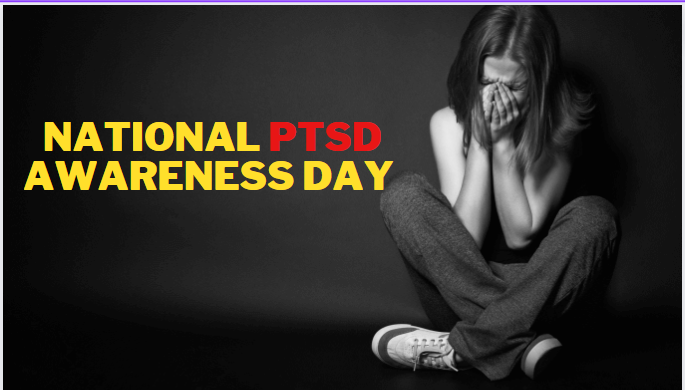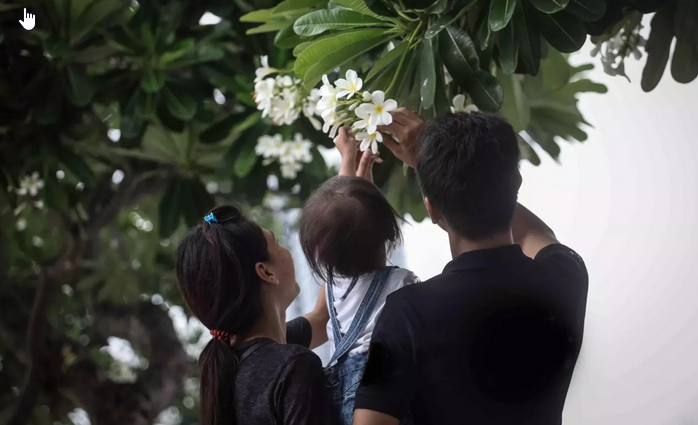On the streets of Delhi at midnight when I(Riya) got attacked by a stranger on a knifepoint, the day was going as normal as it could but then my life suddenly took an evil turn. I was walking home from work when I heard footsteps behind me as I turned around, only to face a stranger who had a knife in his hand. In an instant, he grabbed me, covered my mouth with his hand, and dragged me behind the bushes.
I fought relentlessly to break free, but the attacker overpowered me. Eventually, I managed to break free and escaped the scene, glad to be alive, but scarred emotionally.
It was the start of a new chapter in my life, one where I had to cope with Post-traumatic stress disorder (PTSD) caused by the traumatic event. I used to struggle daily with the flashbacks and nightmares that were a constant reminder of the vicious attack she had survived. It was a part of my daily life, making it increasingly difficult to focus on anything else.
•According to the National Center for PTSD, approximately 60% of men and 50% of women experience at least one trauma in their lives, out of which, 7-8% of the population develops PTSD. PTSD can affect anyone at any age, and if left untreated, it can lead to long-term emotional and mental health problems.
For months after the attack, I couldn’t be alone in my room; soon I was unable to leave my house for weeks at a time. I saw violent images every time I closed my eyes. I couldn’t concentrate or even complete simple tasks, stopped trying to make friends or get involved in my community. I often felt unstable, forgetting where, or who, I was. I would sometimes get panic on the roads and become unable to drive. I felt as if I had completely lost my mind.
About 8 of every 100 women (or 8%) and 4 of every 100 men (or 4%) will have PTSD at some point in their life. Women are more likely to develop PTSD than men.
A year later,
I knew I needed to seek help to manage my PTSD. I contacted a therapist and began my journey towards healing. Initially, it was challenging to talk about what had happened, but gradually, I found solace in facing her fears, which allowed me to confront my inner demons head-on.
The process
1. The first step in my healing was accepting the situation and recognizing the impact it had on my life. I started reaching out to fellow survivors of violent crimes, joining a support group that allowed me the opportunity to share my experiences and gain strength from others facing similar struggles.
2. Exposure therapy helped me to conquer my fear by gradually exposing myself to situations that would previously trigger PTSD. Over time it grew more manageable, and my coping mechanisms grew stronger.
3. Throughout my journey, I discovered various activities that allowed me to de-stress. Simple things such as going for a walk, reading a book, or indulging myself in a favourite hobby helped me keep my mind calm.
Today, Riya uses her experience to help others overcome their trauma. She is now living her life without limitations and without the fear that had haunted her since that fateful day. Her journey is a testament to the strength and resilience of the human spirit. Even when faced with overwhelming adversity, it is possible to overcome our fears and live a meaningful life.
For every Riya that manages to seek therapy, there are countless others who suffer in silence. It's essential to recognize that PTSD is a real illness and is treatable with the right support, therapy, and resources. The good news is that there are many organizations and support groups available for people struggling with PTSD. So if you or anyone you know is going through a challenging time, remember that help is available, and healing is possible.

 It's essential to recognize that PTSD is a real illness and is treatable with the right support, therapy, and resources. The good news is that there are many organizations and support groups available for people struggling with PTSD.
It's essential to recognize that PTSD is a real illness and is treatable with the right support, therapy, and resources. The good news is that there are many organizations and support groups available for people struggling with PTSD.









.jpeg)


.jpeg)
.jpeg)
.jpeg)
_(1).jpeg)

_(1)_(1)_(1).jpeg)
.jpeg)
.jpeg)
.jpeg)








.jpeg)
.jpeg)